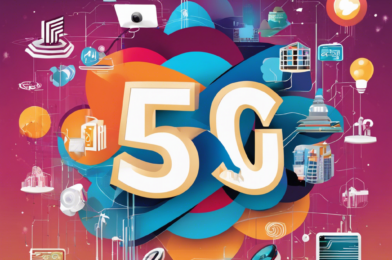Virtual reality, or VR, is a technology that has captivated the gaming world, offering players an immersive and exciting experience. But VR is not just for gaming anymore; its potential extends far beyond entertainment. With VR, we can now explore digital worlds, interact with virtual environments, and engage our senses in ways that were once unimaginable.
The applications of VR are vast and diverse. In education, for example, VR can transport students to different historical periods, bringing history lessons to life. It can also be used to create interactive and engaging learning environments, making complex concepts in subjects like science and mathematics easier to understand. VR field trips can offer students a unique and immersive way to explore places they might never get to visit otherwise, from ancient ruins to distant planets.
Healthcare is another area where VR is making significant inroads. It can be used to create immersive therapies for phobias and post-traumatic stress disorder, helping patients confront their fears in a safe and controlled environment. VR is also being utilized in pain management, offering patients a distraction from discomfort and providing a sense of relaxation and calm. Additionally, VR is being explored as a tool for physical rehabilitation, allowing patients to perform exercises in a virtual environment that encourages and motivates them to push through the challenges of recovery.
The potential of VR extends to the business world as well. VR can revolutionize how products are designed and marketed by creating virtual showrooms and offering customers a unique and personalized shopping experience. It can also facilitate remote collaboration, allowing teams to meet and interact in virtual meeting rooms, fostering a more connected and productive work environment, especially for those working remotely.
Furthermore, VR is making an impact in the realm of social connectivity. With the rise of social VR platforms, users can interact and communicate in virtual worlds, attend virtual concerts and events, and even create and sell virtual goods. This blending of the digital and physical worlds offers new opportunities for social interaction and self-expression.
The possibilities with VR are endless, and we are only just beginning to scratch the surface of what this technology can offer. As VR continues to evolve and advance, we can expect to see even more innovative applications that will transform the way we live, work, and interact with the world around us.
One of the key advantages of VR is its ability to provide a safe and controlled environment for various applications. For instance, in job training, VR can simulate hazardous situations, allowing trainees to learn and make mistakes without any real-world consequences. The same principle applies to driving simulations, where learners can experience different road conditions and potential hazards in a virtual setting before getting behind the wheel of an actual car.
VR also offers a level of immersion and interactivity that cannot be easily replicated by other mediums. This is particularly beneficial in fields such as architecture and engineering, where professionals can use VR to walk through and interact with their designs, identifying potential issues and making improvements before construction even begins.







